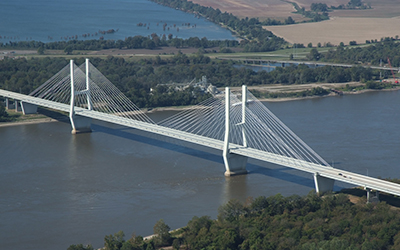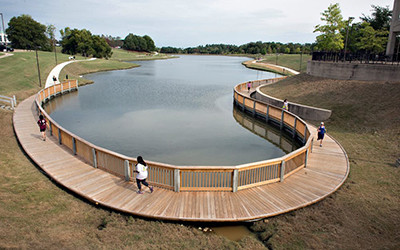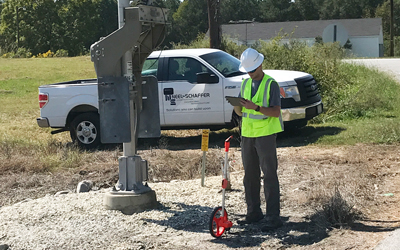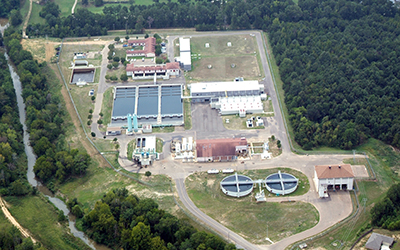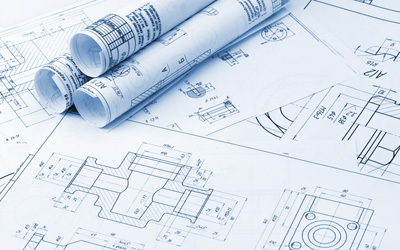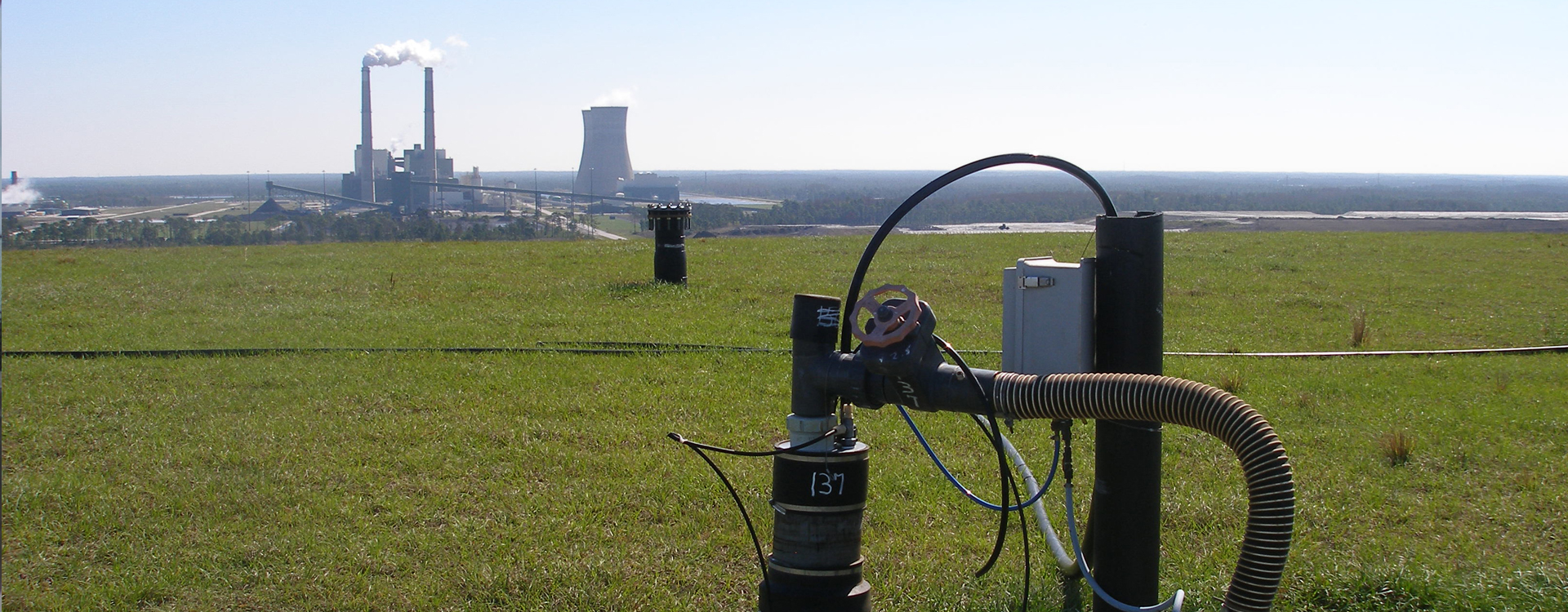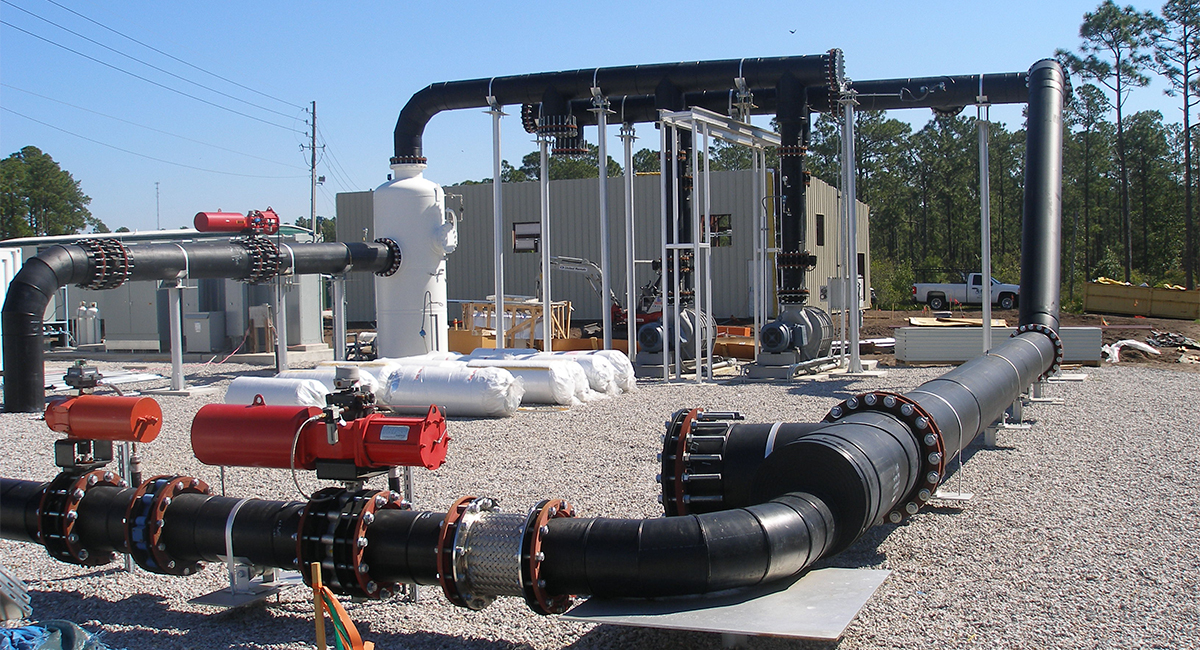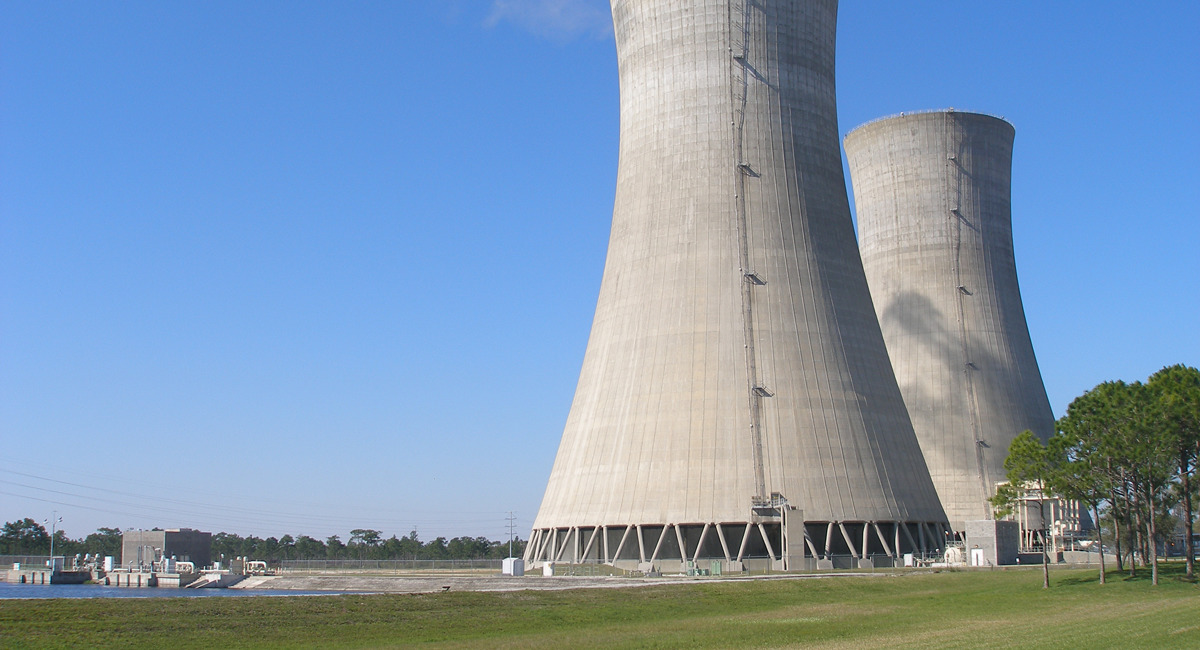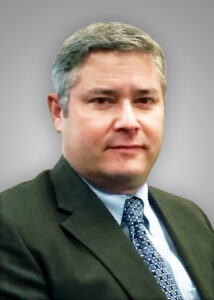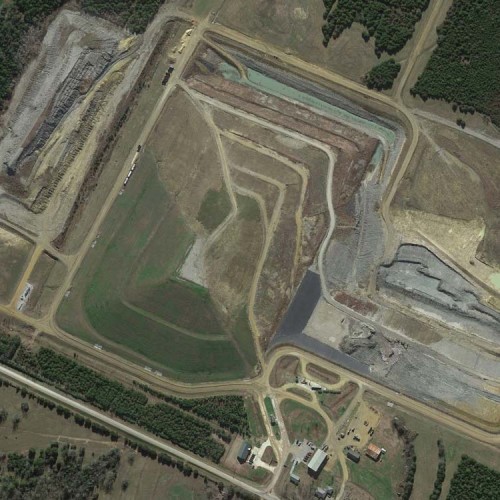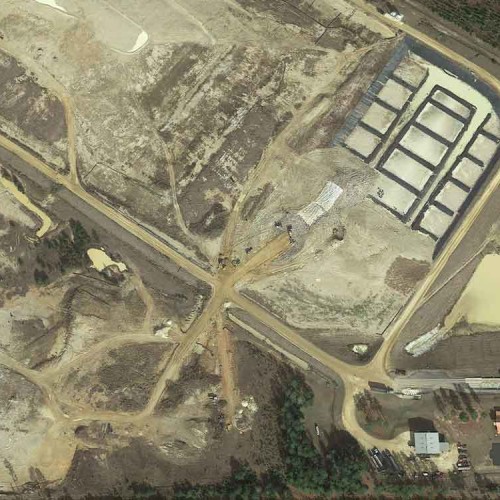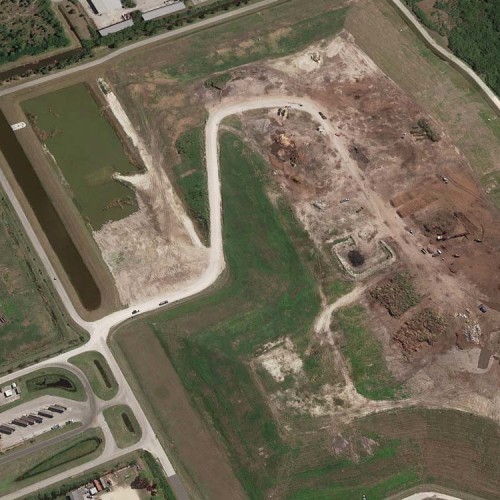ORLANDO, FL
From garbage to gold: Award-winning Florida landfill converts gas into energy
Neel-Schaffer can turn garbage into gold. Or, more precisely, it can convert landfill garbage into gas, saving money while making Orange County Utilities a more efficient and cost-effective service provider.
Working with a partner, Neel-Schaffer engineers helped design an award-winning system that converts garbage into usable gas for Orange County Utilities, which operates the largest publicly owned municipal solid waste landfill in Florida.
This project was recognized by numerous organizations, earning the SWANA 2012 Gold Landfill Gas Utilization Excellence Award, the FICE Grand Award for Engineering Excellence and a National Recognition Award from the ACEC.
When Orange County expanded its landfill, it authorized its consulting engineers to explore available options for beneficial use of the additional landfill gas anticipated to be generated. This team determined the best option was to form a partnership with the Orlando Utilities Commission, which owns and operates a coal-fired power generation facility next to the landfill.
Early in the project planning stages, OCU and the Orlando Utilities Commission developed a cooperative relationship that carried through to contract negotiations, resulting in a mutually beneficial agreement. Through this agreement, OCU’s expected revenues are projected to exceed $100 million over the next 30 years, while the Orlando Utilities Commission gets renewable fuel for the power plant at a lower cost than coal. The power generated initially is equivalent to supplying electricity to approximately 5,000 single-family homes and, over the life of the project, will increase to the equivalent of approximately 17,000 homes at peak landfill gas generation. This $15.5 million landfill gas-to-energy system project demonstrates that sustainability’s triple bottom line of economic, social, and environmental success can be achieved through careful planning, evaluation, engineering, and implementation.
This project was developed specifically for the county landfill operation to be in compliance with the Title V Air Emission Permit requirements, and to reduce odors for the surrounding properties as a “good-neighbor” policy. For each option, a benefit/cost analysis was prepared and evaluated.
The landfill gas-to-energy project is composed of the following components:
- Extraction Wells and Collection Piping collects landfill gas (LFG) from the landfill disposal areas and transmits to the processing/treatment facility site adjacent to Cells 9-12.
- Processing/Treatment Facility processes the LFG for transmission to the Curtis H. Stanton Energy Center (CHSES), adjacent to the landfill. The facility consists of compressors, and chillers that treat the gas to extract moisture, and compress the LFG for transmission to CHSEC.
- Conveyance/Delivery Pipeline delivers compressed LFG from the processing/treatment facility to CHSEC.
- Power Plant Utilization Piping and Equipment delivers compressed LFG from the outlet of the conveyance/delivery pipeline to the burner tips located within the main boilers.

